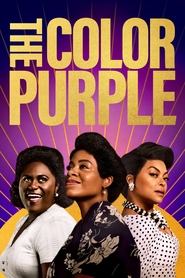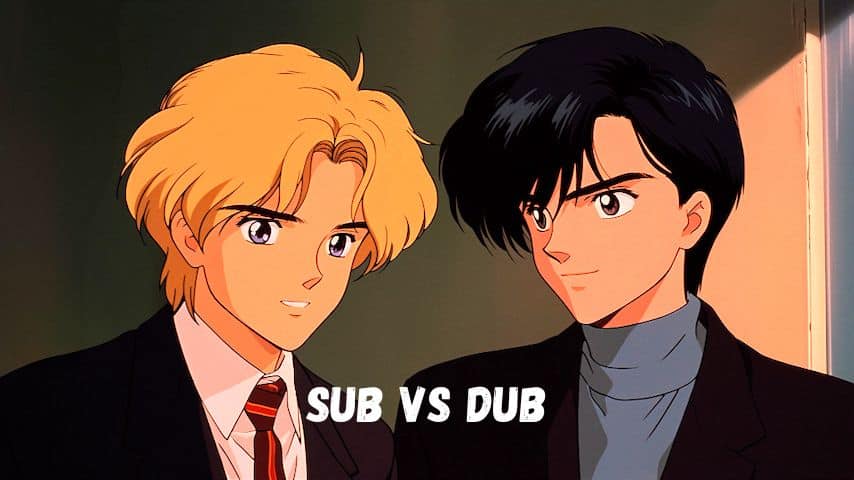I run a tiny diner just outside of New Orleans, and between early morning pancakes and late-night cleanup, I get maybe an hour or two to myself. Most nights, I just crash. But on slow Sundays, after the last customer leaves and the silence settles in, I turn to stories that speak to the soul. That’s how I came across one that’s stayed with me long after the screen faded to black.
The Color Purple is one of those rare films that doesn’t just tell a story — it opens a wound and begins to heal it, slowly and tenderly. Streaming it on 123movies felt like sitting in the front row of someone else’s heartbreak, hope, and rebirth. The film follows Celie, a Black woman in the American South in the early 1900s, who begins her life silenced and discarded but finds her power in the most unexpected ways — through love, through friendship, and through the long, slow fight to be seen.
A Story Built on Generational Pain — and Grace
From the moment Celie is introduced, the weight of her life settles on your chest. Married off to an abusive man and separated from her sister, Celie grows up believing she is worthless. But her world begins to shift when two extraordinary women enter her life: Sofia, fierce and defiant, and Shug Avery, bold and sensual. With their presence, Celie starts to carve out her own space in the world, one small rebellion at a time.
The film doesn’t flinch from the brutality Celie faces — domestic abuse, racial degradation, erasure — but neither does it drown in it. It balances hardship with warmth and the quiet humor that binds women together in kitchens, gardens, and glances across crowded porches. The emotional payoff, when it comes, is earned.
Performances That Feel Like Testimonies
 Whoopi Goldberg’s portrayal of Celie is one of those performances that feels almost too raw for fiction. She carries years of silence in the curve of her spine and erupts into life with a joy so infectious it feels like sunlight breaking through storm clouds. Danny Glover’s Mister is the embodiment of generational toxicity — cruel, controlling, yet eventually broken open.
Whoopi Goldberg’s portrayal of Celie is one of those performances that feels almost too raw for fiction. She carries years of silence in the curve of her spine and erupts into life with a joy so infectious it feels like sunlight breaking through storm clouds. Danny Glover’s Mister is the embodiment of generational toxicity — cruel, controlling, yet eventually broken open.
Margaret Avery plays Shug Avery with a smoky softness, giving the film its sensual undercurrent, while Oprah Winfrey brings fire to Sofia, in a debut so bold and authentic it still echoes in pop culture decades later. Every single performance feels lived-in, rooted in something deeper than acting.
A World Captured in Light and Sound
Steven Spielberg brings a gentle reverence to Alice Walker’s material, allowing moments of stillness to breathe. Allen Daviau’s cinematography paints Georgia not just as a setting but as a character — fields rustling with possibility, skies hanging heavy with memory.
The musical backdrop, helmed by Quincy Jones, weaves gospel, blues, and jazz into something rich and resonant. It doesn’t just score the film — it sings for it. Together, visuals and music transform everyday hardships into something sacred.
Reception, Recognition, and Cultural Weight
Though The Color Purple was met with widespread admiration upon release, its path through awards season was complicated. Despite multiple major nominations — including Best Picture, Director, Actress, Supporting Actress, and more — it walked away without an Oscar. Still, its legacy was sealed not in statues but in how deeply it moved audiences and how many doors it opened for Black women in Hollywood.
Critics praised the performances, particularly Goldberg’s restrained brilliance and Winfrey’s commanding presence. Over time, audiences came to embrace the film with a loyalty that elevated it far above its initial reception. It’s now considered essential viewing — not just for what it represents, but for how truthfully it tells its story.
At the Box Office and Beyond
Financially, The Color Purple far exceeded expectations. Made on a modest budget, it found surprising commercial success, connecting with viewers across demographics. Part of this success lies in its emotional accessibility — no matter where you come from, Celie’s journey feels universally human.
The film remains a favorite in classic drama categories on platforms like 123movies, where viewers searching for character-driven stories continue to rediscover it. Its endurance over decades is a testament to how relevant — and necessary — its themes still are.
Why It Still Matters Today
Watching The Color Purple now, decades after its release, feels like witnessing history repeat itself — in good ways and bad. Stories about abuse, survival, and healing continue to shape our cultural conversations. This film doesn’t offer easy answers or quick catharsis. It simply lays out a life and asks us to bear witness.
More than anything, it’s a reminder that stories about Black women’s inner lives deserve space — not as background, not as trope, but as center. It also reminds me that the best stories aren’t always loud. Sometimes they whisper, and sometimes that whisper stays with you forever.
It’s one of those films that makes you want to seek out more stories that matter, more stories that nourish the heart. If you’re anything like me, you’ll find yourself browsing through late-night archives trying to catch more like it — and that’s when platforms where you can watch best movies online really come in handy.
My Final Thoughts
When the credits rolled, I just sat there, surrounded by the hum of the fridge and the silence of an empty diner. I wasn’t ready to move. The Color Purple doesn’t just show you pain — it shows you what it looks like to rise from it. For a film that starts in such darkness, it ends on the brightest possible note. I’ve watched a lot of films from a lot of eras, but few have made me feel like this one did. This wasn’t just cinema — it was soul.
Source: https://123movies26.com





















